Understanding Coating Corrosion Protection
Corrosion is a persistent enemy of various materials, especially metals, which are indispensable in industries ranging from construction to automotive manufacturing. The degradation caused by corrosion can significantly impact safety, aesthetic value, and functionality, leading to considerable economic losses. To combat this issue, coating corrosion protection has emerged as a leading solution, employing various methods and materials to shield surfaces from deterioration.
What Is Coating Corrosion Protection?
Coating corrosion protection involves applying a protective layer to materials susceptible to corrosion, such as metals and concrete. These coatings act as a barrier, preventing corrosive agents like moisture, salts, and chemicals from reaching the underlying material. The coatings can be designed using different chemical formulations and physical compositions tailored to specific environmental conditions and application requirements. By effectively isolating the substrate from environmental stressors, coatings extend the lifespan of materials and reduce maintenance costs.
Importance of Coating Corrosion Protection
The importance of coating corrosion protection cannot be understated. First and foremost, it enhances the durability and longevity of materials, prolonging their effective life cycle. In sectors such as construction, automotive, and energy, the financial implications of material failure due to corrosion can be staggering. Additionally, investing in corrosion protection coatings improves the safety of structures and machinery, avoiding potential hazards resulting from the structural integrity being compromised.
Moreover, with increasing emphasis on sustainability, using coatings that minimize environmental impact is becoming essential. Coatings can also improve the aesthetic value of components, ensuring they maintain their appearance over time, even in harsh environments.
Types of Coatings for Corrosion Protection
Various types of coatings are available for corrosion protection, each offering unique benefits. Understanding these options plays a vital role in selecting the appropriate coating for specific applications.
1. Organic Coatings
Organic coatings, such as paints and polymers, are commonly used due to their versatility and ease of application. These coatings provide effective barriers and can be tailored to include corrosion inhibitors to enhance protection further. Popular organic coatings include epoxy, polyurethane, and acrylic systems.
2. Inorganic Coatings
Inorganic coatings, typically containing zinc or other metals, offer robust protection against corrosion, particularly in aggressive environments. Galvanizing, which involves applying a protective zinc layer to steel, is a prime example of an inorganic coating. These coatings are known for their high resistance to corrosion and thermal stability.
3. Hybrid Coatings
Hybrid coatings combine organic and inorganic components to provide superior corrosion resistance. This type of coating is gaining popularity due to its ability to deliver the benefits of both categories—leveraging organic flexibility and inorganic durability. Hybrid systems are often engineered for specialized applications where high performance is critical.
4. Powder Coatings
Powder coatings are applied electrostatically and then cured, resulting in a hard, resilient finish. They are highly resistant to chipping, scratching, fading, and wearing, making them ideal for outdoor applications. The process minimizes waste, making it an eco-friendlier option compared to traditional liquid paint systems.
5. Ceramics and Nanocoatings
Ceramics and nanocoatings represent advanced technologies in coating corrosion protection. Ceramics provide exceptional thermal stability and scratch resistance, while nanotechnology enables the development of coatings that repel water and dirt, significantly enhancing protection against corrosion.
Common Materials in Coating Corrosion Protection
The effectiveness of corrosion protection coatings hinges on the materials used in their formulation. Various materials yield different protective properties, and their selection is critical in producing effective coatings.
Metallic Coatings: An Overview
Metallic coatings involve applying a layer of metal to a substrate to enhance its resistance to corrosion. Common metallic coatings include zinc, aluminum, and chrome. These metals create a protective barrier that shields the underlying material from exposure to corrosive elements. Additionally, they can provide sacrificial protection, where the coating material corrodes preferentially, preserving the substrate beneath.
Polymeric Coatings and Their Benefits
Polymeric coatings, derived from organic compounds, offer unique benefits due to their flexible and resilient nature. These coatings can effectively resist impacts, UV radiation, and moisture, making them desirable for various applications, including automotive and industrial equipment. Furthermore, polymeric coatings can incorporate additives to improve their anti-corrosive properties, enhancing performance in challenging environments.
Eco-friendly Options for Coating Corrosion Protection
As environmental concerns continue to escalate, the development of eco-friendly coatings is on the rise. Many manufacturers now offer coatings that are water-based or contain low levels of volatile organic compounds (VOCs). These coatings deliver effective corrosion protection while minimizing their ecological footprint. Biodegradable options and coatings using natural resins are also gaining traction as alternatives that offer a sustainable approach to coating corrosion protection.
Application Techniques for Coating Corrosion Protection
The application of coatings is a crucial step that determines the effectiveness of corrosion protection. Proper techniques and methodologies must be employed to ensure optimal adhesion, coverage, and performance.
Preparation of Surfaces for Coating
Surface preparation is an essential pre-requisite for any coating application. Without proper preparation, coatings may fail prematurely due to poor adhesion. Techniques such as abrasive blasting, degreasing, and chemical cleaning are commonly employed to remove contaminants and create a suitable surface profile. The surface must be thoroughly evaluated for rust, old paint, and surface roughness to ensure maximum performance of the protective coating applied.
Application Methods: Spraying, Dipping, and Brushing
There are several methods to apply coatings, each with its own advantages. Spraying is one of the most common methods thanks to its ability to cover large areas quickly, resulting in a uniform coat. Dipping is an effective method for small parts, providing complete coverage for complex geometries. Brushing, although more labor-intensive, allows for precision application in hard-to-reach areas. The choice of application technique must align with the type of coating and the specific needs of the project.
Post-application Curing and Handling
Once a coating has been applied, proper curing is essential for ensuring that it achieves its designed properties. Curing processes can vary based on the type of coating; some require heat while others may cure at ambient temperature. Ensuring correct environmental conditions during the curing phase is vital to achieving a solid bond and protecting against premature failure. Proper handling post-application helps maintain the integrity of the coating, and adequate drying times should be strictly followed to avoid damage.
Measuring the Effectiveness of Coating Corrosion Protection
Understanding how to measure and evaluate the effectiveness of coating corrosion protection is critical for ensuring long-term success. Various standards and testing methodologies exist to assess corrosion resistance and overall coating performance.
Standard Tests for Corrosion Resistance
Several standardized tests are utilized to determine the corrosion resistance of coatings, including the Salt Spray Test (ASTM B117), which simulates a corrosive marine environment, and the Cyclic Corrosion Test (ASTM G85), which evaluates how coatings perform under varying conditions. These standardized methods provide insights into how well a coating can resist corrosion over time.
Evaluating Long-term Performance
To gauge long-term performance effectively, field tests should complement laboratory results. Real-world evaluations allow for the assessment of coatings under actual environmental exposure. Observing factors such as wear, color retention, and adhesion over time will provide practical information on the longevity and durability of the coating.
Importance of Routine Inspections
Regular inspections are crucial in identifying early signs of corrosion and coating failure. Establishing a routine maintenance schedule enables prompt detection of deterioration, allowing for timely repairs or reapplication of coatings before significant damage occurs. Inspections can involve visual assessments, measurements of coating thickness, and testing for adhesion loss or corrosion underneath any protective layers.
Future Trends in Coating Corrosion Protection
With ongoing research and advancements, the future of coating corrosion protection is promising. Innovations are anticipated in both materials and application techniques, driven by the need for enhanced performance and sustainability.
Innovations in Coating Materials
Future innovations may include the development of self-healing coatings that respond to damage by repairing themselves. These intelligent materials aim to extend the life of coatings significantly, requiring less maintenance and offering greater protection. Additionally, the incorporation of nanotechnology will likely lead to coatings with superior barrier properties and enhanced resistance to extreme conditions.
Advancements in Application Techniques
As technology progresses, application methods will continue to evolve. Automated systems and robotics are being integrated into coating application processes, increasing efficiency and consistency. This evolution aims to minimize human error, reduce waste, and enhance overall quality control during the application phase.
Environmental Considerations in Coating Corrosion Protection
As industries face more stringent environmental regulations, the demand for eco-friendly coatings will likely rise. Coatings that are non-toxic and made from sustainable materials are expected to take center stage, aligning with global sustainability goals. This trend will also push manufacturers toward developing greener manufacturing processes and reducing the carbon footprint associated with coating applications.
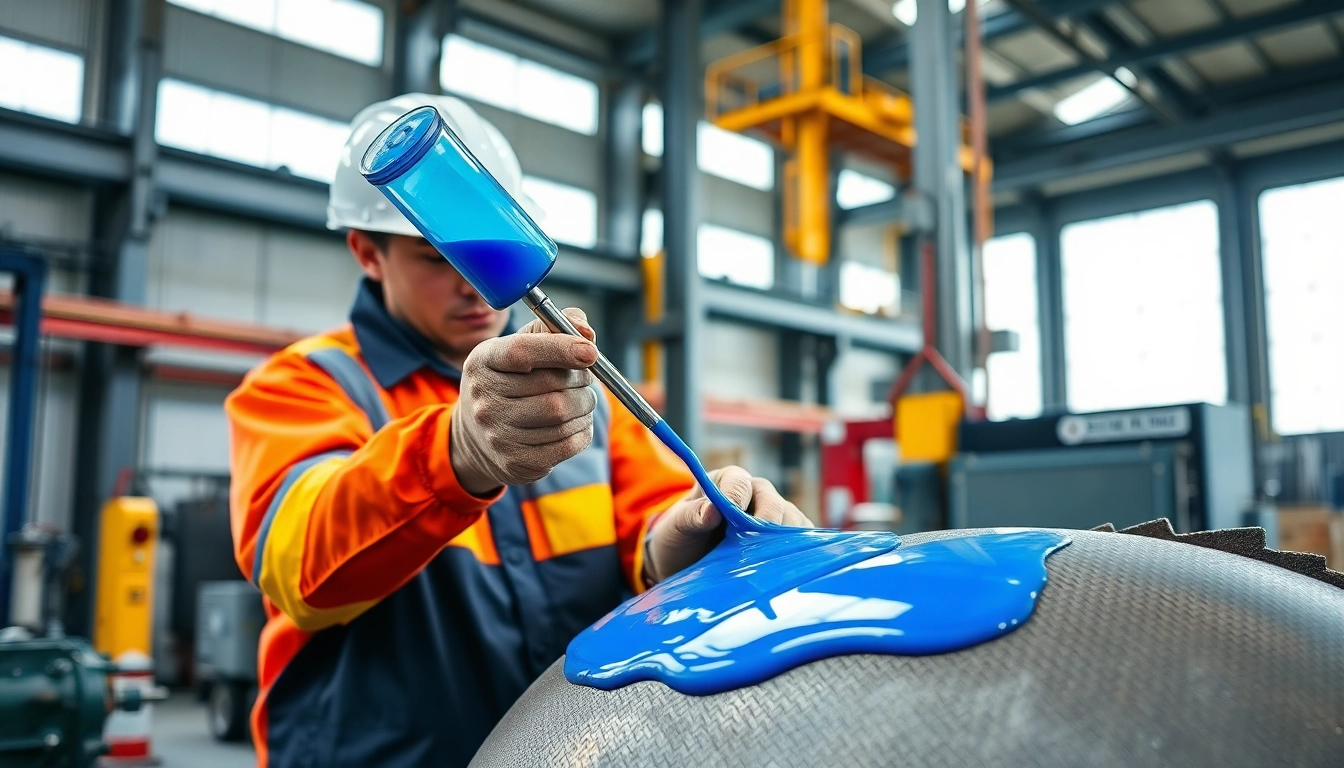



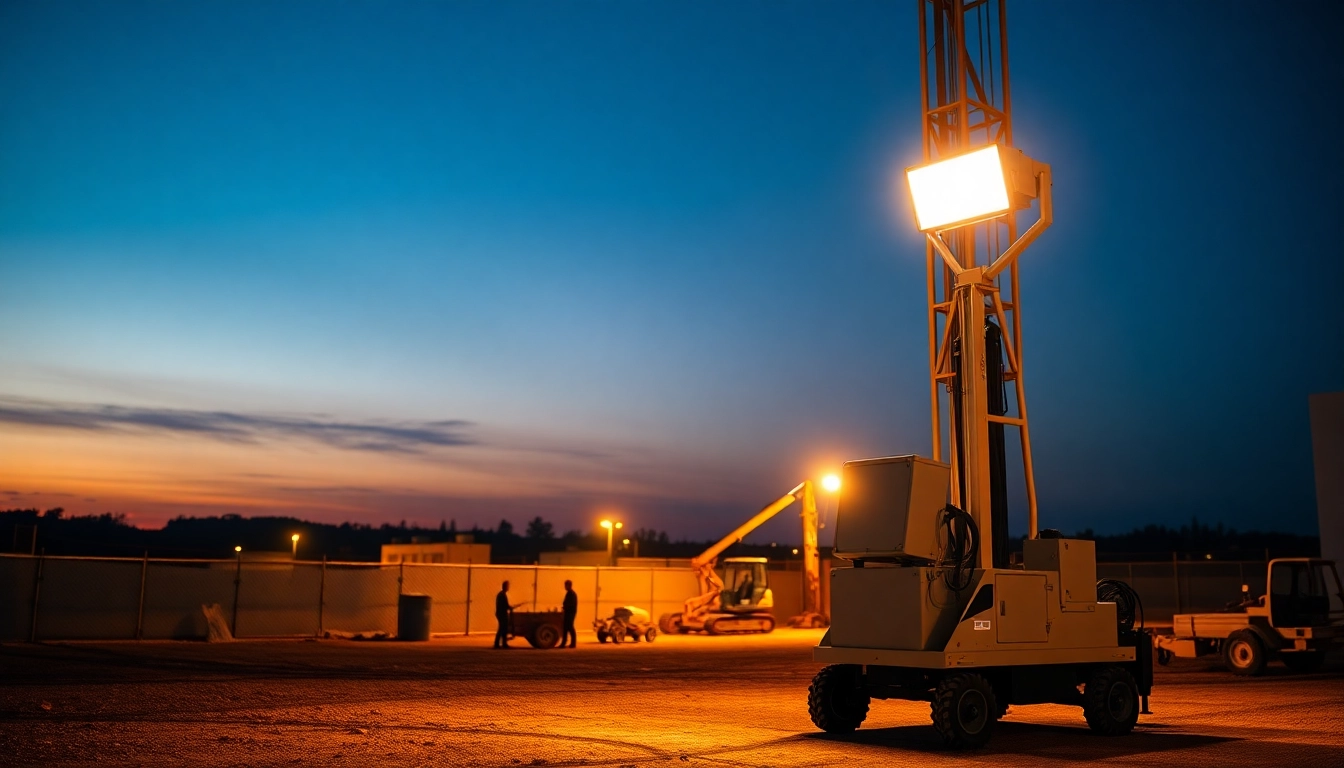
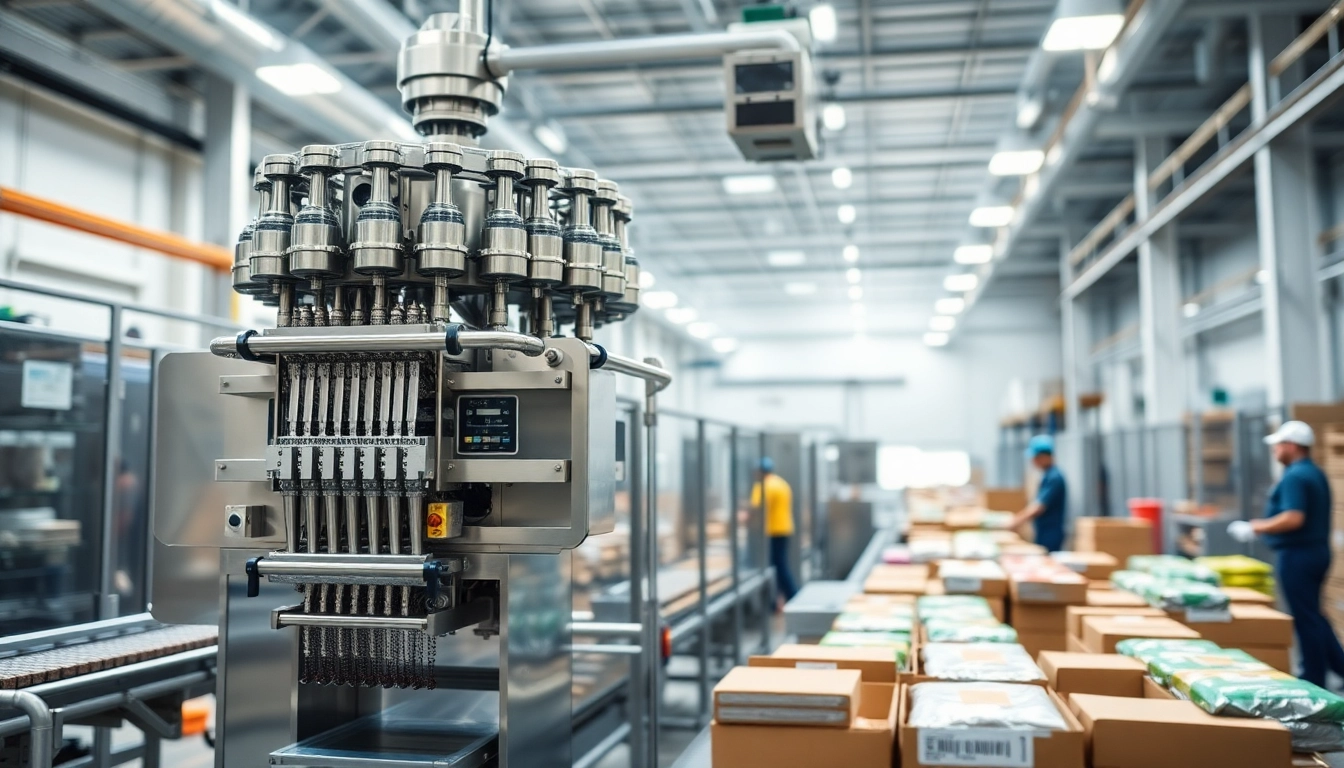
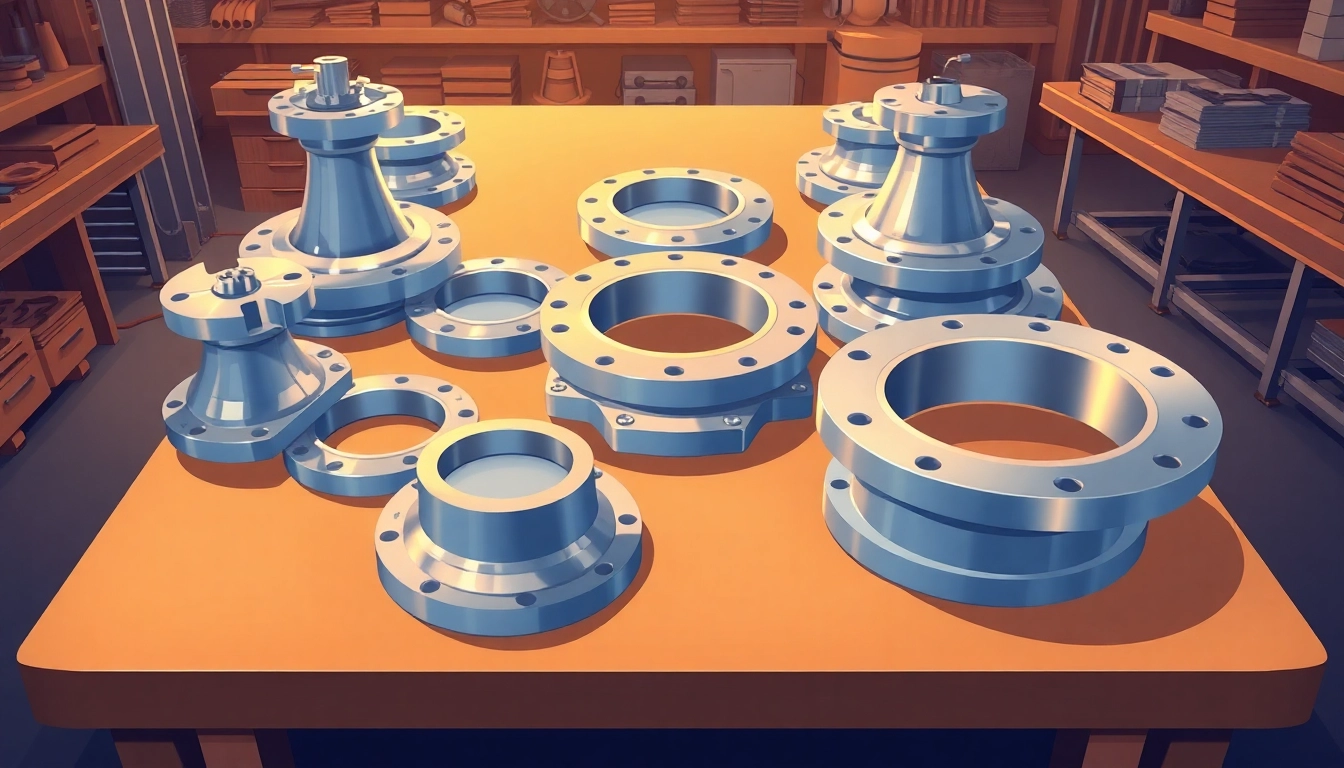



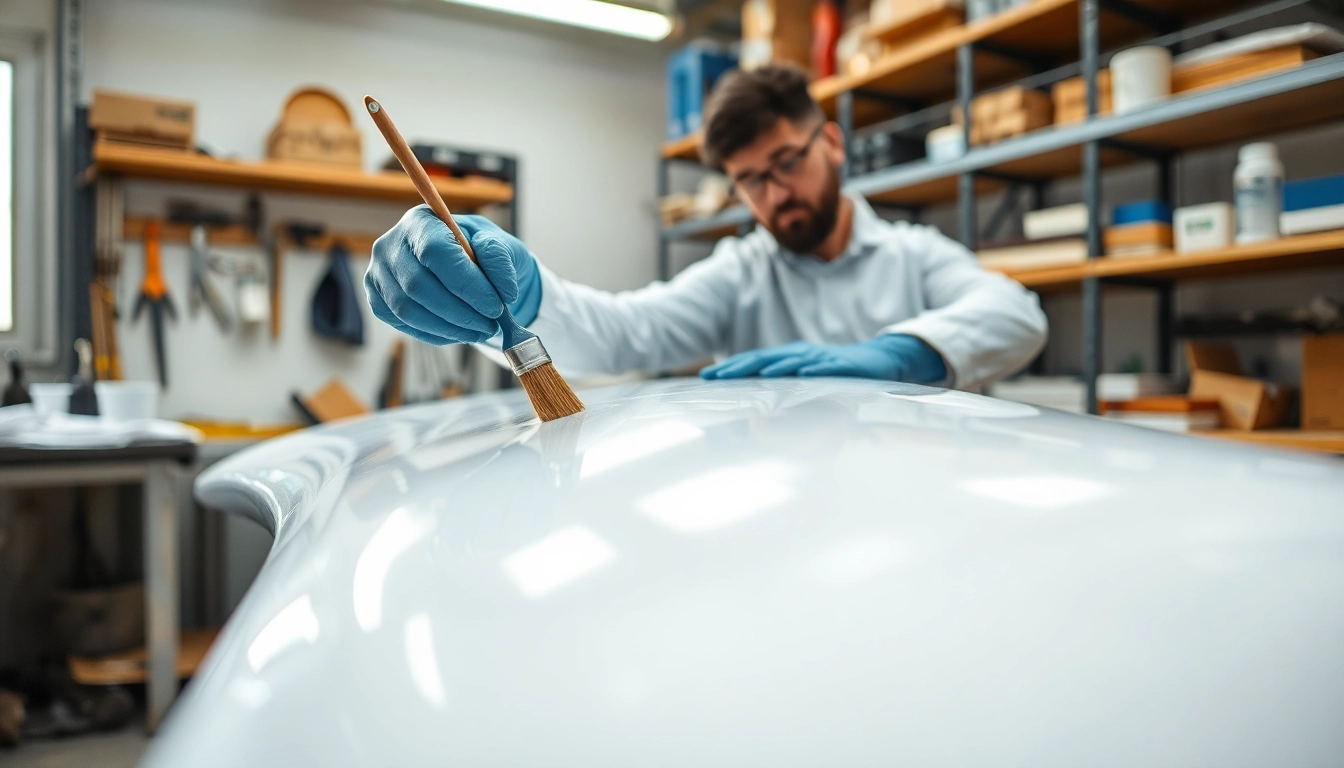

Leave a Reply